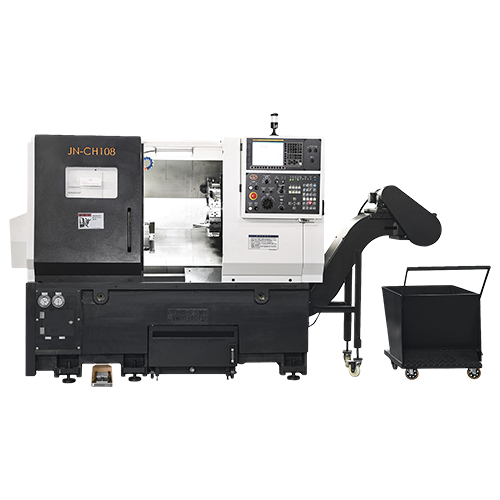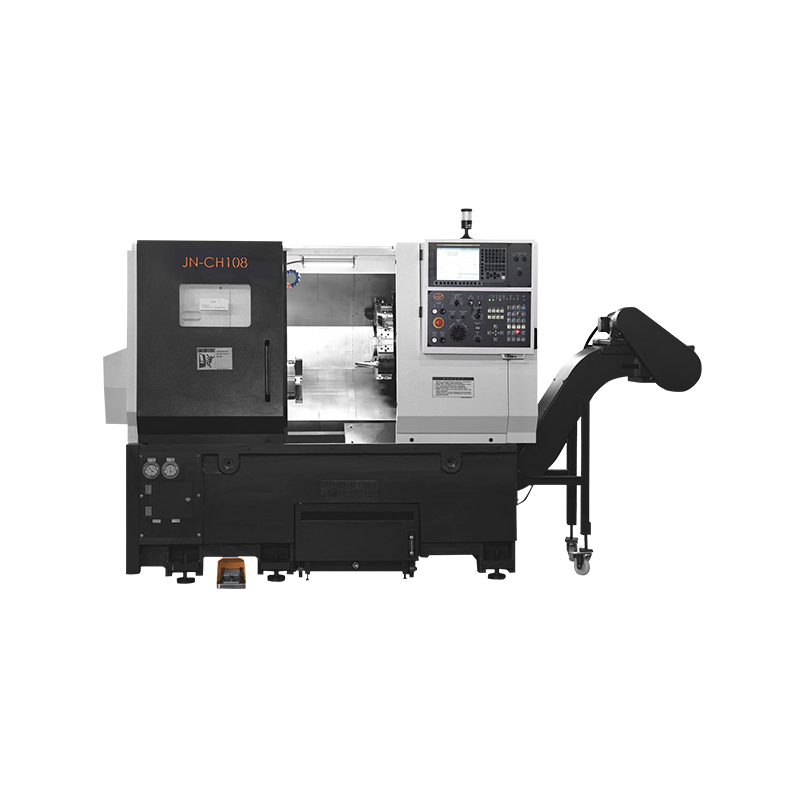-
 WHATSAPP
WHATSAPP -
 INS
INS -
 WECHAT
WECHAT
The Role of CNC Vertical Mills in Modern Manufacturing
CNC Traveling Column Vertical Mill Machining Center Manufacturer
In today's rapidly evolving manufacturing landscape, the CNC vertical mill plays a crucial role in shaping industries by offering a combination of precision, speed, and flexibility. These machines, widely used in machining operations, have revolutionized how manufacturers approach complex projects, significantly enhancing efficiency and product quality. The role of the CNC vertical mill is pivotal not only in traditional industries but also in emerging sectors that require precision-engineered components.
A CNC vertical mill is a type of milling machine equipped with a computer numerical control (CNC) system that automates machining processes. Unlike conventional milling machines, which require manual operation, a CNC vertical mill operates based on programmed instructions, making it suitable for high-volume production with consistent quality. This automation allows for greater precision in machining complex geometries, resulting in more accurate parts with reduced human error.
One of the main reasons the CNC vertical mill has become indispensable in modern manufacturing is its versatility. It can be used for a wide range of materials, including metals, plastics, and composites, making it adaptable to various industries. Whether it's aerospace, automotive, medical devices, or electronics, the CNC vertical mill offers a solution for producing intricate parts with complex features. The ability to machine parts with multiple axes of movement is one of the key advantages of the CNC vertical mill, allowing manufacturers to perform multiple operations in one setup, reducing the need for re-fixturing and increasing overall throughput.
The CNC vertical mill is also known for its capacity to handle precision machining with high repeatability. In industries where even small tolerances are critical, such as in the production of medical components or high-performance automotive parts, the CNC vertical mill ensures that each part meets exact specifications. This level of precision is particularly important in sectors where product defects or dimensional inaccuracies can advance to costly rework, delays, or safety issues.
Another factor contributing to the prominence of the CNC vertical mill is its ease of use. With user-friendly interfaces and advanced software that simplifies the programming process, operators can quickly set up and start producing parts. Additionally, modern CNC vertical mills come equipped with advanced monitoring and diagnostic features that enable operators to track machine performance in real-time. This enhances productivity by reducing downtime, ensuring that machines operate at their peak efficiency levels, and allowing for proactive maintenance.
CNC vertical mills are also highly efficient in terms of energy consumption. Compared to traditional machining methods, these machines offer higher energy efficiency due to their optimized control systems and improved cutting techniques. As energy costs continue to rise and sustainability becomes a priority, the CNC vertical mill provides a viable solution for manufacturers aiming to reduce their environmental footprint.
Moreover, the integration of CNC vertical mills into automated production lines has transformed the manufacturing process. By linking CNC vertical mills to robotic systems or automated material handling equipment, manufacturers can achieve higher levels of automation, reducing the need for manual labor while maintaining consistent product quality. This is especially advantageous in industries that demand high production volumes, as the CNC vertical mill can work continuously without sacrificing quality or precision.
As industries continue to embrace digitalization and Industry 4.0 technologies, the CNC vertical mill is becoming even more integrated into smart factories. With the incorporation of IoT (Internet of Things) capabilities, manufacturers can remotely monitor the performance of CNC vertical mills, adjust parameters in real-time, and access production data for analysis. This data-driven approach allows for more informed decision-making, improving both operational efficiency and product quality.
The flexibility of the CNC vertical mill also extends to its ability to handle customized or low-volume production runs. In the past, manufacturing custom parts or prototypes would have been a time-consuming and costly process. However, with CNC vertical mills, manufacturers can easily program the machine to produce unique parts without the need for extensive retooling or setup changes. This makes CNC vertical mills an ideal solution for industries that require both mass production and small-batch runs of specialized components.
Furthermore, the CNC vertical mill supports complex machining techniques such as multi-axis milling, allowing manufacturers to create intricate parts with multiple features, contours, and surfaces. Multi-axis machining expands the capabilities of the CNC vertical mill, enabling the creation of components that would otherwise be difficult or impossible to produce using traditional methods.
In conclusion, the CNC vertical mill has become a cornerstone of modern manufacturing. Its ability to deliver precision, flexibility, and efficiency has made it an essential tool in a wide range of industries. From large-scale production to custom machining, the CNC vertical mill is integral to the manufacturing process, ensuring that companies can meet the growing demands for high-quality products in today's competitive marketplace. With its continued evolution and integration with digital technologies, the CNC vertical mill will remain at the forefront of manufacturing innovations for years to come.












